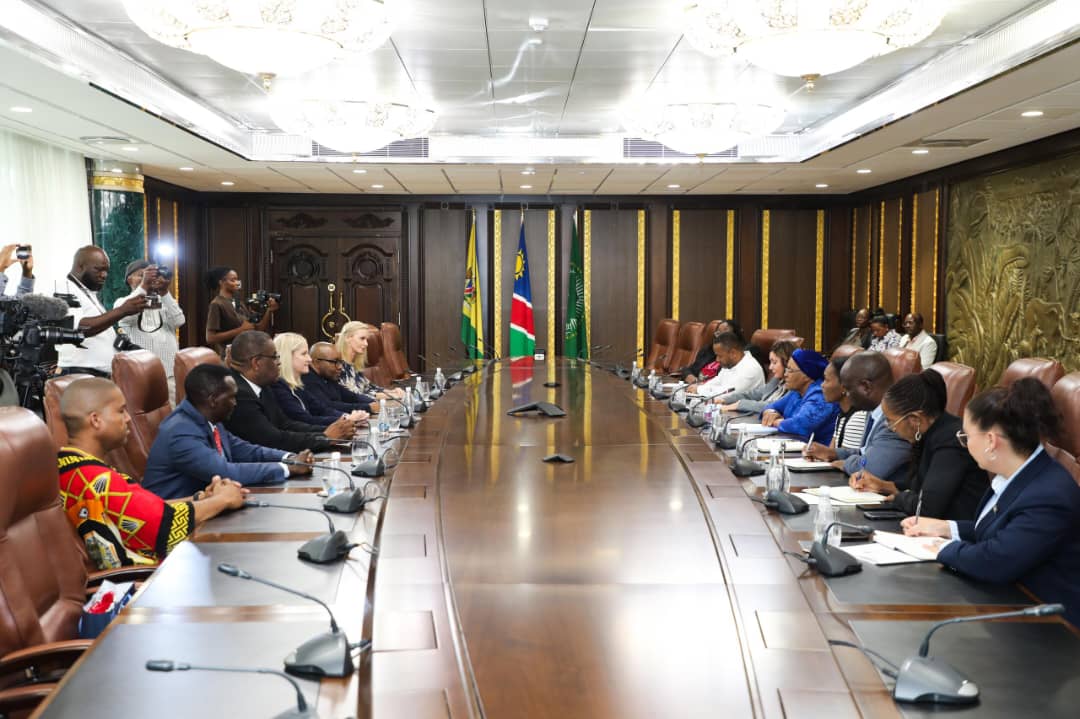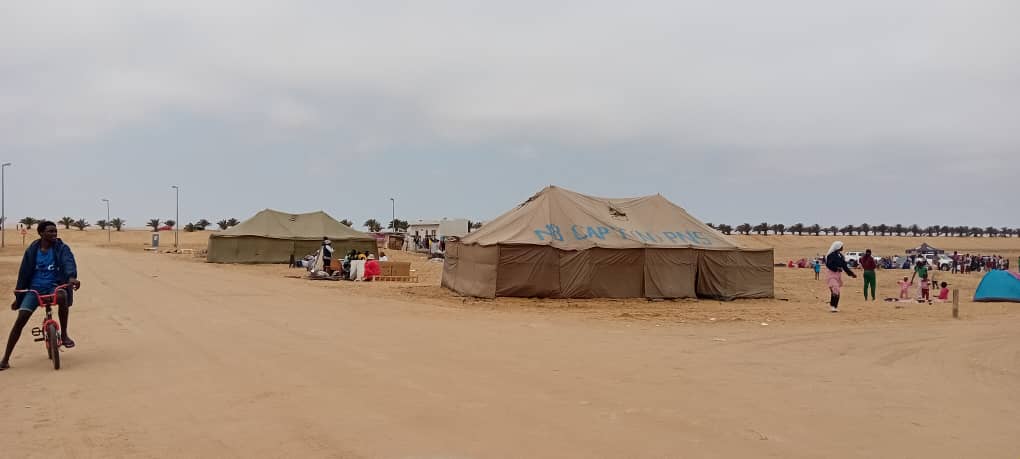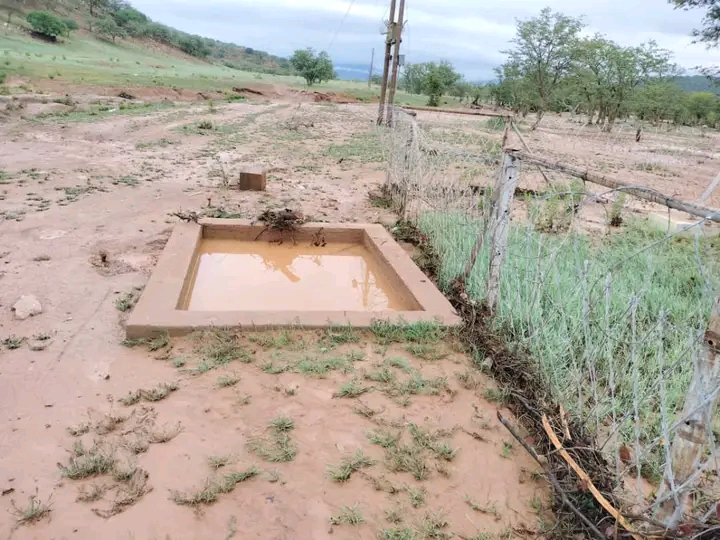THE Ministry of Lands and Resettlement has established regional resettlement committees in the northern communal areas of the Caprivi, Kavango, Ohangwena, Oshikoto, Oshana and Omusati regions.
Launching the nine-member Oshana Regional Resettlement Committee, Lands Minister Jerry Ekandjo said his Ministry decided to establish the committees in the five northern regions that have not benefited from the resettlement programme, because only regions with commercial farms had regional resettlement committees in the past. According to the resettlement policy, the Governor of the region is the chairman of such a Regional Resettlement Committee, with one or two of his Councillors as members and then other members from the traditional authority and from line Ministries, farm associations and other organisations in the region.Omusati has the largest number of committee members – 18 – while the other regions have nine members each.Ekandjo said that the liberation struggle for the independence of Namibia was driven by the desire for the Namibian people to gain control of their natural resources and in particular the land.He said Namibia has a big problem of imbalances in land ownership patterns that stem from the apartheid era, when the majority of the Namibian people were denied access to the bulk of the land.”The land was brutally dispossessed from the rightful owners and fell in the hands of a few, a state of affairs that continues to prevail even in the independent Namibia,” Minister Ekandjo said.”I am talking here of about 13 000 commercial farms registered in the names of about 4 000 people only, with the largest farm registered having 70 000 hectares,” he said and added that the bulk of the best land remains in the hands of a few.Because the majority of the Namibian people were placed in homelands through the Odendaal plan of Balkanisation, Ekandjo said, it has been and continues to be difficult for many to develop economically, consequently poverty is the order of the day.He said after independence his Ministry was mandated to address these imbalances by acquiring and redistributing land to the landless Namibians.He said the Government is buying farms from individual commercial farmers, sometimes on a willing-seller, willing-buyer basis, but can also expropriate farms when it is necessary.”There is the best land in the area north east of Okahandja between Otjiwarongo and Okahandja with farms belonging to foreign owners, mainly from Germany, who only come there when they need game meat to eat or to sell.We need those farms, and those farms must come to Namibians who are in need of land in order to use them and to produce economically on those farms,” Ekando said.According to Ekandjo, there are many people in communal areas who do not have land there and need to be resettled on farms in commercial areas, but because there were no regional resettlement committees in their regions, these people could not get easy access to resettlement processes.”This led me and my Ministry to review the approaches and the decision to decentralise the selection of beneficiaries to all 13 regions, even in those regions such as Oshana, Ohangwena, Omusati, Caprivi and Kavango that have no commercial farms.”Speaking at the same occasion, Oshana Governor Klemens Kashuupulwa commended the Ministry on the decision to establish regional resettlement committees in regions that have no commercial farms.Kashuupulwa said that the Oshana Region, with more than 161 000 people, has a number of destitute, displaced and landless people, people with disabilities, ex-soldiers and people overcrowded in urban and communal areas who need to be resettled to become productive members of the society.Kashuupulwa called upon such people to apply to be resettled on commercial farms.According to the resettlement policy, the Governor of the region is the chairman of such a Regional Resettlement Committee, with one or two of his Councillors as members and then other members from the traditional authority and from line Ministries, farm associations and other organisations in the region. Omusati has the largest number of committee members – 18 – while the other regions have nine members each. Ekandjo said that the liberation struggle for the independence of Namibia was driven by the desire for the Namibian people to gain control of their natural resources and in particular the land.He said Namibia has a big problem of imbalances in land ownership patterns that stem from the apartheid era, when the majority of the Namibian people were denied access to the bulk of the land.”The land was brutally dispossessed from the rightful owners and fell in the hands of a few, a state of affairs that continues to prevail even in the independent Namibia,” Minister Ekandjo said.”I am talking here of about 13 000 commercial farms registered in the names of about 4 000 people only, with the largest farm registered having 70 000 hectares,” he said and added that the bulk of the best land remains in the hands of a few.Because the majority of the Namibian people were placed in homelands through the Odendaal plan of Balkanisation, Ekandjo said, it has been and continues to be difficult for many to develop economically, consequently poverty is the order of the day.He said after independence his Ministry was mandated to address these imbalances by acquiring and redistributing land to the landless Namibians.He said the Government is buying farms from individual commercial farmers, sometimes on a willing-seller, willing-buyer basis, but can also expropriate farms when it is necessary.”There is the best land in the area north east of Okahandja between Otjiwarongo and Okahandja with farms belonging to foreign owners, mainly from Germany, who only come there when they need game meat to eat or to sell.We need those farms, and those farms must come to Namibians who are in need of land in order to use them and to produce economically on those farms,” Ekando said.According to Ekandjo, there are many people in communal areas who do not have land there and need to be resettled on farms in commercial areas, but because there were no regional resettlement committees in their regions, these people could not get easy access to resettlement processes.”This led me and my Ministry to review the approaches and the decision to decentralise the selection of beneficiaries to all 13 regions, even in those regions such as Oshana, Ohangwena, Omusati, Caprivi and Kavango that have no commercial farms.”Speaking at the same occasion, Oshana Governor Klemens Kashuupulwa commended the Ministry on the decision to establish regional resettlement committees in regions that have no commercial farms.Kashuupulwa said that the Oshana Region, with more than 161 000 people, has a number of destitute, displaced and landless people, people with disabilities, ex-soldiers and people overcrowded in urban and communal areas who need to be resettled to become productive members of the society.Kashuupulwa called upon such people to apply to be resettled on commercial farms.
Stay informed with The Namibian – your source for credible journalism. Get in-depth reporting and opinions for
only N$85 a month. Invest in journalism, invest in democracy –
Subscribe Now!










